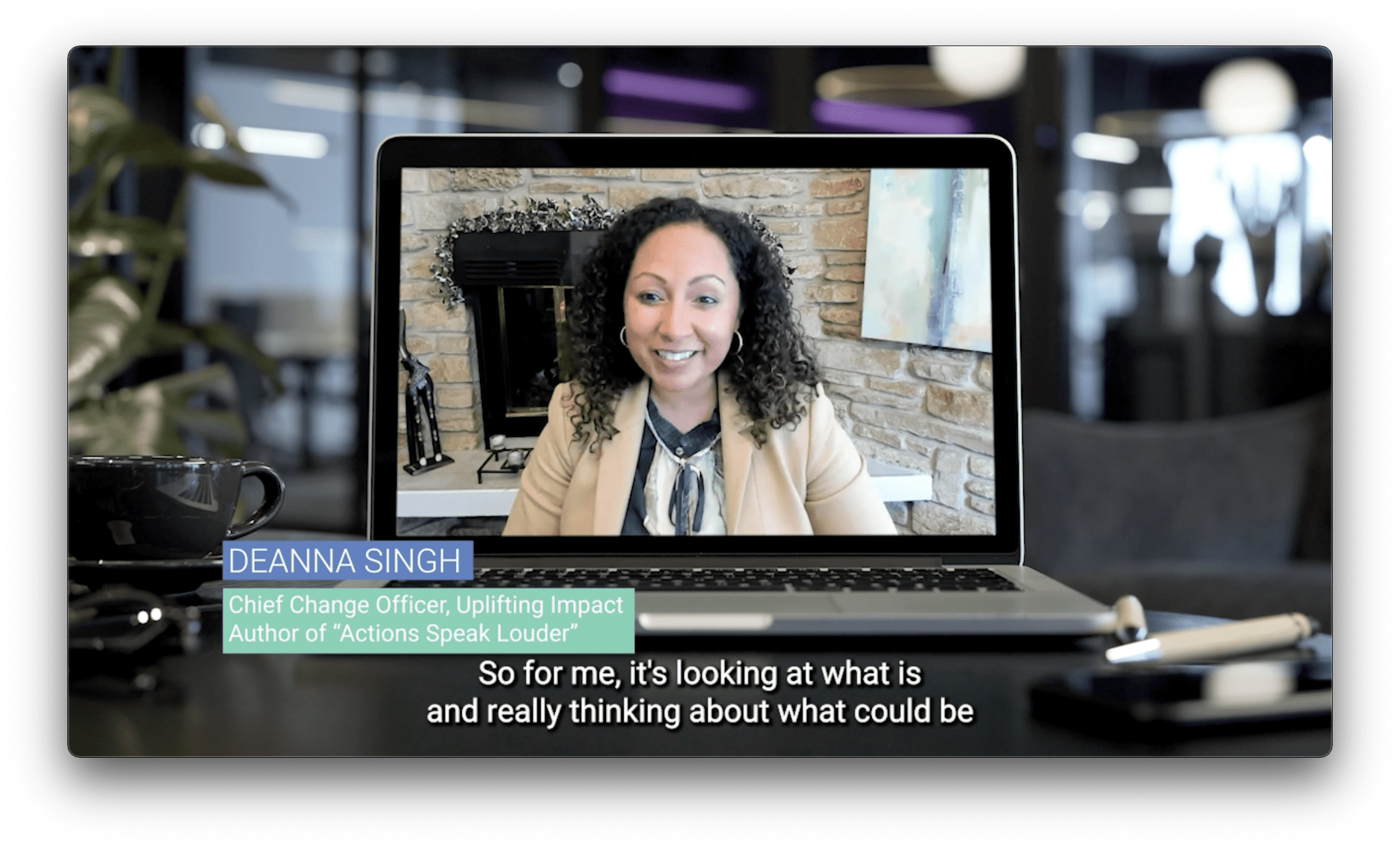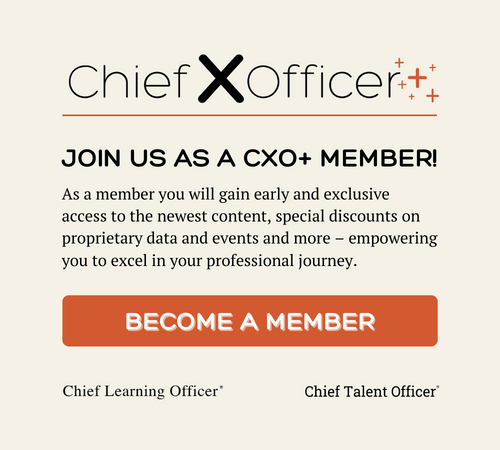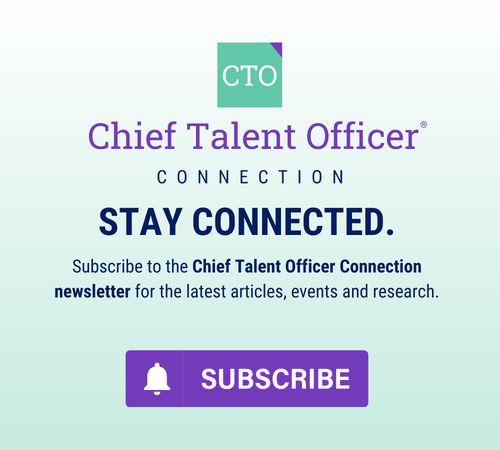-
Clearing the runway for women in your organization
Here are six ways to support women who want to grow within their organization.
-
Managers can make or break your DEI strategy: Here’s how to engage them in success
Above all others, managers are in a pivotal position to make DEI work. Here are a few pre-emptive actions you can take to position managers as an asset to your DEI strategy rather than a detractor.
-
Gen Z and the Class of COVID-19: Retaining the next generation of workers
By connecting organizations with the values of Gen Z and the “Class of COVID-19,” talent leaders can provide the systems of support necessary to attract and retain top young talent far into the future.
-
Storytelling and well-being
Stories offer psychological benefits to individuals and the entire organization, providing a collective sense of identity, direction and belonging.
-
Women’s leadership organizations are filling the power gap
To ensure women are supported with the networks and tools for successful career growth and close the power gap, leaders must think outside of the limits of their organization.
-
Embrace a ‘systems perspective’ to move the needle on women’s leadership
Organizations must rethink the concepts and values associated with leadership and work to bring systems into alignment.
-
Video: How to retain diverse talent
Deanna Singh, a champion for marginalized communities and author of “Actions Speak Louder,” explains why underrepresented groups are leaving jobs and the value of inclusivity in retention plans.
-
Redefine the ‘office’ to create inclusion and belonging for remote workers
When the entire workforce is adept at conducting their work in the virtual office, it creates an opening for more voices and more time and space to cultivate inclusion, engagement and creativity.
-
Catalyzing compassion and curiosity to build belonging
To build a sense of belonging within teams and organizations, we must intentionally cultivate a culture that manifests an environment of psychological safety.
-
Managers and their unique DEI needs
Follow these seven basic strategies to empower managers to play a central role in the DEI journey.
- BUDDY PASS NOW AVAILABLE on CLO Symposium Registration, CLO Accelerator Enrollment and Membership.
- BUDDY PASS NOW AVAILABLE on CLO Symposium Registration, CLO Accelerator Enrollment and Membership.
- BUDDY PASS NOW AVAILABLE on CLO Symposium Registration, CLO Accelerator Enrollment and Membership.
- BUDDY PASS NOW AVAILABLE on CLO Symposium Registration, CLO Accelerator Enrollment and Membership.

Diversity, equity, inclusion and belonging are essential for creating a safe and engaged workplace. Talent and HR leaders can help ensure DEIB principles are embedded throughout the organization.




















